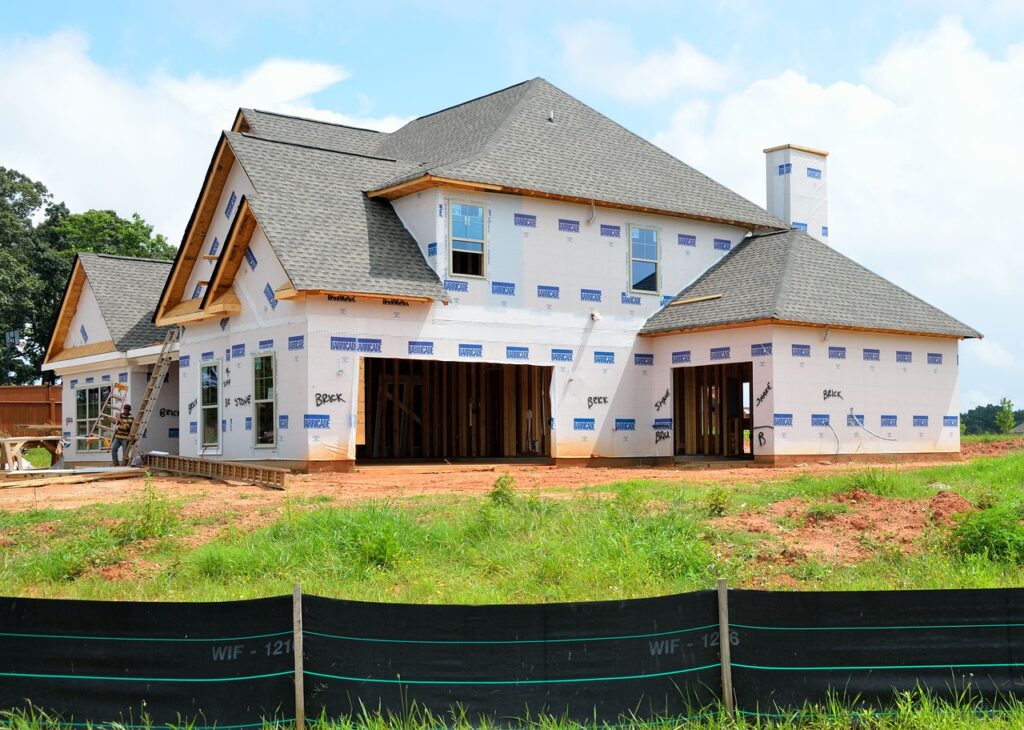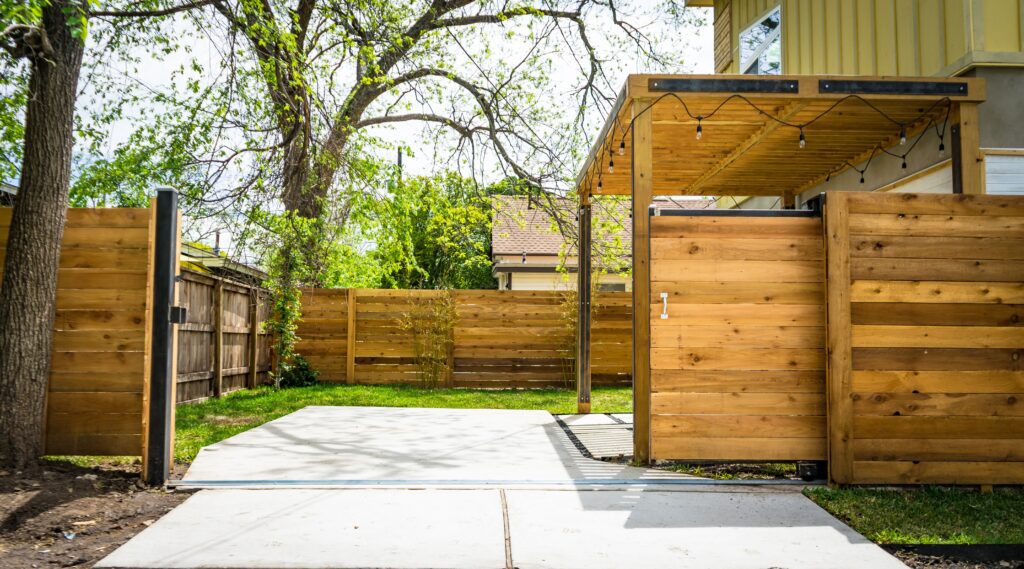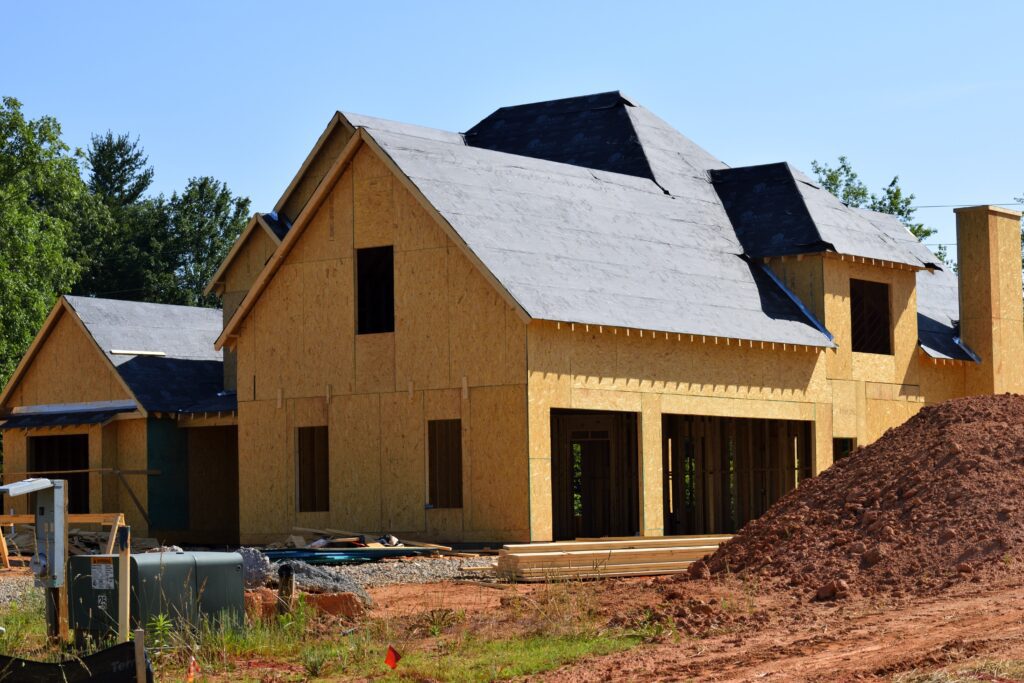
Welcome to the world of home construction with Silverbeam Homes, where we believe that building your dream home should be an exciting and stress-free journey. As your trusted partner in crafting exceptional living spaces, we understand that selecting the right contractor is a pivotal decision for any homeowner. Our commitment goes beyond constructing homes; we’re here to guide you through the intricate process of choosing the perfect team for every aspect of your project. In this step-by-step guide tailored for British Columbia homeowners, we share valuable insights and tips to empower you in making informed decisions, ensuring that your vision becomes a reality with the utmost quality and precision. Let Silverbeam Homes be your beacon in navigating the landscape of contractors, transforming your dreams into a home that’s truly yours.
Step 1: Define Your Project Requirements
Before diving into the contractor selection process, clearly define your project requirements. Are you planning a new build, a major renovation, or a smaller remodeling project? Knowing the scope of your project will help you identify contractors with the specific expertise you need.
Step 2: Check Qualifications and Certifications
Ensure the contractor holds the necessary qualifications and certifications. In British Columbia, reputable contractors are typically members of professional organizations, such as the Homebuilders Association, or have certifications from recognized institutions. Check for relevant licenses and inquire about their experience in projects similar to yours.
Step 3: Request and Verify References
Ask the contractor for a list of references from previous clients. Contact these references to get insights into their experiences. Inquire about the contractor’s communication, reliability, adherence to timelines, and the overall quality of work. This step is crucial in gauging the contractor’s track record and client satisfaction.
Step 4: Review Online Presence and Portfolio
A reputable contractor often showcases their work online. Visit the contractor’s website, social media profiles, and review platforms to assess their portfolio. Look for completed projects similar to yours and evaluate the quality of craftsmanship. Pay attention to client reviews and testimonials for a well-rounded perspective.
Step 5: Conduct Thorough Background Checks
Research the contractor’s background, including any legal or financial issues. Ensure they have a valid business license and insurance coverage. A reliable contractor will be transparent about their credentials and provide any necessary documentation upon request.
Step 6: Request Multiple Quotes
Obtain detailed quotes from multiple contractors to compare costs, timelines, and proposed project plans. Be wary of significantly lower quotes, as they may indicate subpar materials or potential hidden costs. A detailed and transparent quote demonstrates the contractor’s professionalism and commitment to clarity.
Step 7: Communicate Expectations Clearly
Open and honest communication is key to a successful partnership. Clearly communicate your expectations, project timeline, and budget constraints. A trustworthy contractor will be attentive to your needs and provide realistic expectations for the project.
Step 8: Sign a Detailed Contract
Once you’ve selected a contractor, ensure that all project details are documented in a comprehensive contract. This should include project milestones, payment schedules, warranties, and any other relevant terms. A well-drafted contract protects both parties and sets the foundation for a successful collaboration.
Choosing the right contractor in British Columbia requires diligence and thorough research, but the effort invested upfront will pay off in the long run. By following these steps, you’ll be well-equipped to select a reputable contractor who aligns with your vision and ensures a smooth and successful construction or renovation project.
read more










Recent Comments